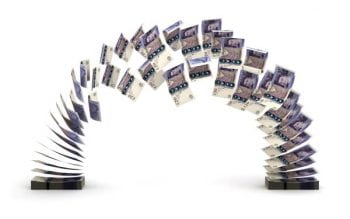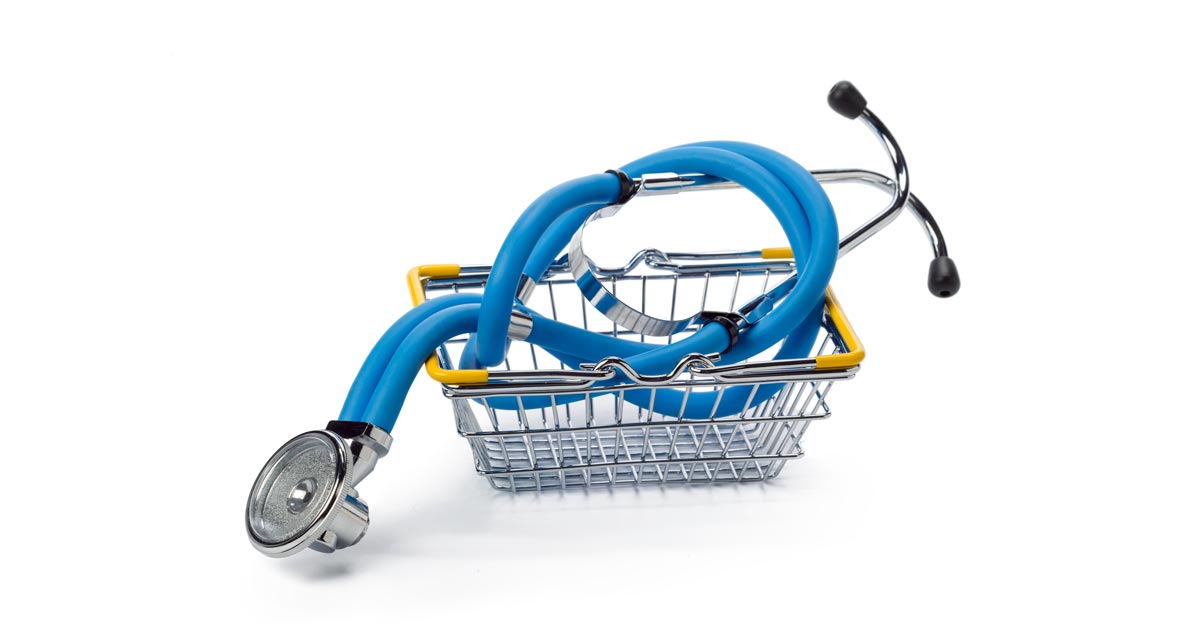Investment in equipment to offer new services, improved efficiency and improve your practice is highly important. As with any industry, technology advances and staying on top of it can ensure your business can remain strong.
Veterinary equipment can be expensive and paying out a lump sum for a particular purchase can have a significant impact on cash flow. Apart from cash flow, other factors must also be considered, such as tax efficiency and depreciation.
Once you have made the decision to purchase new equipment and finance will be used, there are a number of products to consider. These can be broken down into unsecured business finance, such as business loans, secured business finance and asset finance.
Secured finance

Secured finance would involve using your business premises as security to raise capital for purchasing. A commercial mortgage could be the most appealing product, as it would offer a low-interest rate and longer term. You should consider, however, during the application process certain fees should be paid, such as legal and valuation fees, and a longer process should be expected. As a result, secured funding, although an option, is rarely the best financial product when purchasing equipment.
Unsecured borrowing can be more difficult to achieve than secured borrowing, simply because the finance is not linked to equipment or a property. This means the lender is at greater risk of loss should the loan repayments fall into default.
To cover this risk, the interest rates charged are usually higher than the funding secured against either equipment or property. As such, the increased interest will often mean funding is more expensive than it could be using specialist asset finance.
Asset finance
Asset finance is typically the most suitable product, offering the best compromise between speed of funds, a simple application process and low costs. The products offered can be broken down into leasing, hire purchasing and loan products, which can provide you with the funds you need, secured against the equipment that you’re buying.
The different products will make very little difference on a day-to-day sense and allow uninterrupted use of the products you need to run your practice. The real difference comes in whether the item is owned fully or leased for a period of time, and how it is treated from an accounting point of view.
Hire purchase allows you to hire the item over an agreed period of time, with the option of buying it at the end of the term. The balloon payment at the end of the term, if paid, will result in full ownership of the item for your practice, having spread the cost over time.
In addition to spreading the cost, hire purchase costs can be offset as an allowable expense against your pre-tax profits.
Leasing products

Operating leases allow you to lease an item for a period of time, often even if the item is only needed short term. The payments are often reasonable, as the item retains most of its residual value at the end of the lease.
Finance leases allow you to lease the item for as much as the whole life expectancy of the item. When you no longer need the item, you can also share in the sale proceeds when sold.
Asset finance products can run in a manner similar to a loan, with the item purchased by your practice, and the funds needed to do so loaned to you at an agreed rate.
Popularity of certain routes
Whichever route is chosen, the reason asset finance is so popular is down to a few key points. Firstly, applications can complete quickly, meaning you can acquire the item you’re purchasing and begin to enjoy the benefits of ownership quickly. The relative costs are usually lower than the equivalent unsecured business loan rates.
Finally, although the rates offered may be slightly higher than the equivalent commercial mortgage rates, the upfront costs are far lower, with no need to commit time to the valuation and legal process.
When looking to raise funding for your business, it is important the most suitable product is chosen the first time around. Failure to do so may either leave you paying too much for your debt or forced to refinance. Refinancing business debts can result in early repayment charges and will certainly take up valuable time in searching the market for the best product and going through another application process.
- For more on commercial mortgages, or to compare mortgage rates, visit the ABC Finance website.

Leave a Reply